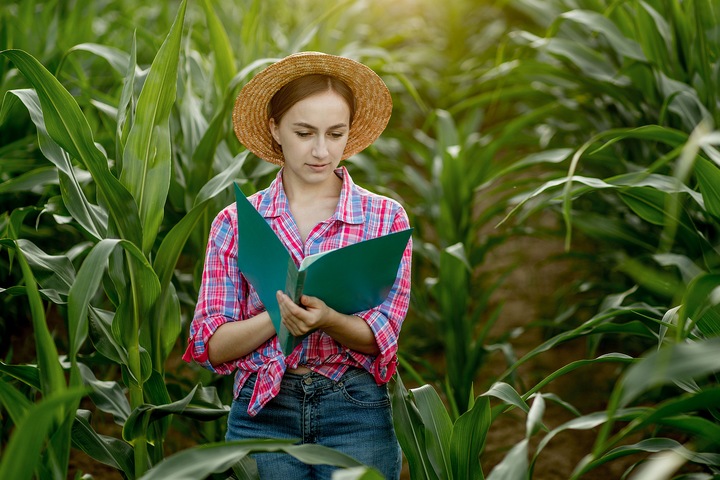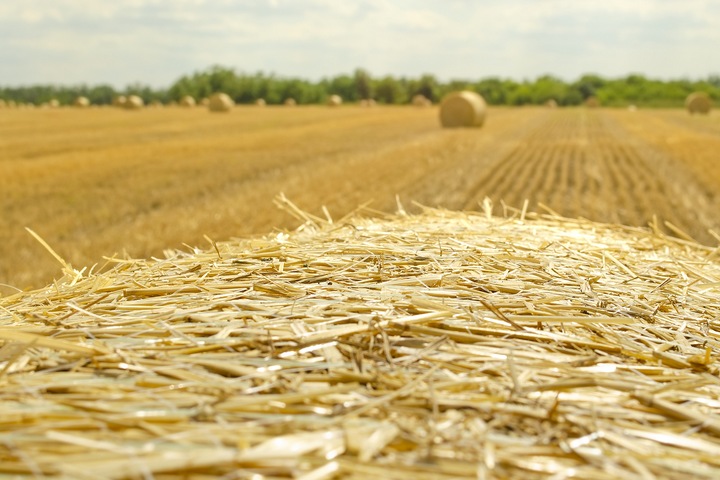A grain merchandiser purchases and sells grain, treating it as a commodity. They’re constantly monitoring supply and demand, buying grain when the price is right and putting it into storage and processing it when it’s the right time to sell it. In a sense, a successful grain merchandiser treats grain as a type of investment, capitalizing when they can make maximum profit.
Anyone can be a grain merchandiser. They just need to be able to afford the initial investment. Where most grain merchandisers buy their grain is direct from the farmer. Thereby, grain merchandisers may want to build relationships with farmers to revisit ongoingly. The agreed-upon price for grain is decided at harvest. The price for the grain purchased is calculated based on the futures price.
Here is a little bit about how to become a grain merchandiser.
How Grain Merchandising Works

The grain markets work very similarly to the stock market. Prices fluctuate every day. Farmers understand a certain amount of volatility and unpredictability around these prices. They want to sell their crop when the market is high. Meanwhile, buyers want to buy when the price is low. There’s an obvious disconnect here. This is where a grain merchandiser can capitalize by utilizing basis and hedging.
Basis and Hedging

Basis represents an amount of money above or below the current futures price. Let’s say you have a farmer willing to sell 4,000 bushels of grain for $5.00, and the currency price of futures is set at $5.15, then the basis would be -$0.15 or fifteen under.
Let’s also say a grain merchandiser secures someone willing to pay $5.25 per bushel for those 4,000 bushels. The basis there is represented by ‘25 over’. This nets the grain merchandiser a profit of $0.40 per bushel or $1,600 for everything.
Where You Can Lose Money

Things rarely work out as simply as mentioned. Futures are constantly changing. A grain merchandiser could very easily end up with thousands of bushels they end up selling at a lower value than they hoped. The merchandiser is carrying all the risks. They can end up with bushels purchased and nowhere to go or an order to sell bushels but no bushels yet to sell. All factors can play a role when grain merchandising can impact one’s profits.
In addition, grain merchandisers may lose money if the crop quality is below par. That’s why farmers dedicate a lot of effort and resources to maintain the condition of their harvests. Technologies like grain bin temperature monitoring ensure the crops are stored at the best quality possible. Minimizing the quality loss allows grain merchandisers to sell their produces at a high price.
Who Grain Merchandisers Work For

To maximize the profit on the grain being purchased, it doesn’t make sense to buy and sell it simultaneously. Therefore, storage is needed. Most grain merchandisers work for grain elevators, processing companies, and businesses that can hold the grain until it’s time to sell. It understandably can take years to earn and develop the relationships and openings one needs to be an independent grain merchandiser.
Finding Grain Merchandiser Jobs

You can work looking for opportunities as a sort of third-party middle man. Still, as someone starting in the grain industry, you are likely better off searching for an opportunity with an existing company. Contacting ethanol plants, grain elevators, large livestock or poultry feeders, millers and processors, and exporters can all help you find a path towards being hired as a grain merchandiser, with a built-in network to help you buy and sell grain quickly and effectively.
A Grain Merchandiser Is Not a Broker

There is a lot that a grain merchandiser is not. They are not a broker. A broker in the grain and farming industries brings buyers and sellers together, and they make their money through the transaction via a brokerage fee. A grain merchandiser isn’t that. A merchandiser owns the grain and either store it under their ownership as bushels, or they further them down the supply chain. Done right, this can be very lucrative and serves an important purpose.
Who You Can Sell Grain to Is Varied

As a grain merchandiser, you can sell your grain to any party you feel. Most merchandisers target exporters, processors, end-users, and other grain merchandisers. There is a great demand for grain in North America, with more than 20 billion bushels grown every year in the United States alone. A grain merchandiser is a sort of connector between farming, finance, agribusiness, and marketing and is an overall important marketer.
Grain Merchandiser Education and Experience

Someone who wants to become a grain merchandiser may start by completing a bachelor’s degree in agriculture science or related fields. From there, experience also matters. A grain elevator, processor, or feeder job can provide someone with the background they need to appreciate grain merchandising. There may also be programs, or training one has to go through upon getting hired before being put in the field in grain merchandising.




